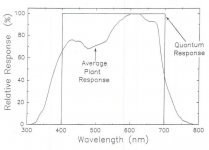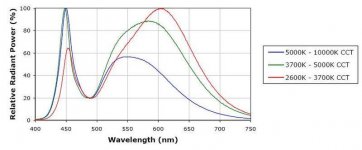igrowwitmatches
Member
cant hurt to get better results. lower watts of led usually compare to higher watts of other kinds of lighting so 25 watts of led (may) get your some good tight nugs... were as 25 watts of cfl gonna give you popcorn.. and not alot of it ... i'd look at some of kanna's diy led setup threads and rig em like he says do what he says with the leds he says and you should be happy with your results
edit: search gardenscure.com for the thread
edit: search gardenscure.com for the thread





 u provide gets old and u have to ask yourself for what?
u provide gets old and u have to ask yourself for what?
